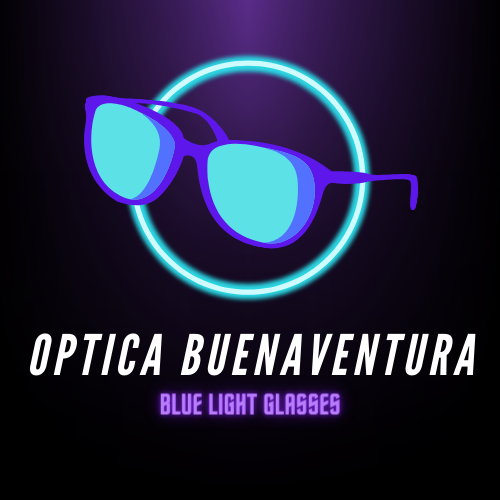High cholesterol is a common problem that affects millions of people worldwide. It is often associated with heart disease and stroke, but did you know that high cholesterol can also have a significant impact on eye health? In this article, we will explore the connection between high cholesterol and eye health and discuss the importance of maintaining healthy cholesterol levels.
High cholesterol occurs when there is an excessive amount of cholesterol in the blood. Cholesterol is a waxy, fat-like substance that is found in every cell of the body. While the body needs cholesterol to produce hormones, vitamin D, and certain substances that help digest food, too much cholesterol can be harmful.
When cholesterol levels are high, fatty deposits known as plaques can build up in the blood vessels. Over time, these deposits can narrow and harden the arteries, reducing blood flow to important organs, including the eyes. The eyes rely on a constant supply of oxygen and nutrients carried by the blood to function properly. Restricted blood flow due to high cholesterol can have detrimental effects on eye health.
One of the most common eye conditions associated with high cholesterol is a condition known as retinal vein occlusion (RVO). RVO occurs when a blood clot blocks the vein that carries blood away from the retina, the light-sensitive tissue at the back of the eye. When this happens, blood and fluid can leak into the retina, causing vision loss or even permanent blindness. Individuals with high cholesterol are at an increased risk of developing RVO.
Another eye condition related to high cholesterol is atherosclerosis of the carotid artery. The carotid arteries are responsible for supplying blood to the eyes and brain. When these arteries become narrowed or blocked due to high cholesterol, the flow of blood to the eyes can be compromised. This can lead to various eye problems, including partial or total vision loss in one or both eyes.
Cataracts, clouding of the eye’s natural lens, are also more prevalent in individuals with high cholesterol. The lens is responsible for focusing light onto the retina, and any disruption to its clarity can cause blurred or distorted vision. The development of cataracts is strongly linked to oxidative stress, and high cholesterol can significantly increase oxidative stress in the body, including the eyes.
Moreover, high cholesterol levels have been associated with an increased risk of developing age-related macular degeneration (AMD). AMD is a degenerative eye disease that affects the central part of the retina, called the macula. It is one of the leading causes of blindness in adults over the age of 50. Studies have shown that individuals with high cholesterol are more likely to develop AMD, and that the disease tends to progress more rapidly in these individuals.
So, how can we protect our eyes from the impacts of high cholesterol? Firstly, it is important to maintain healthy cholesterol levels by adopting a balanced diet low in saturated and trans fats, exercising regularly, and avoiding smoking. Regular cholesterol screenings are also recommended, especially for those with a family history of high cholesterol.
Additionally, individuals with high cholesterol should pay extra attention to their eye health. Regular comprehensive eye exams can help detect signs of eye diseases early on and allow for timely interventions. Patients may also benefit from treatments such as anti-VEGF injections or laser therapy to manage eye conditions triggered by high cholesterol.
In conclusion, high cholesterol can have a significant impact on eye health. It can contribute to various eye conditions, including retinal vein occlusion, carotid artery atherosclerosis, cataracts, and age-related macular degeneration. By maintaining healthy cholesterol levels and taking proactive measures to protect our eyes, we can go a long way in safeguarding our vision and overall well-being. Remember, good eye health starts with good heart health!
